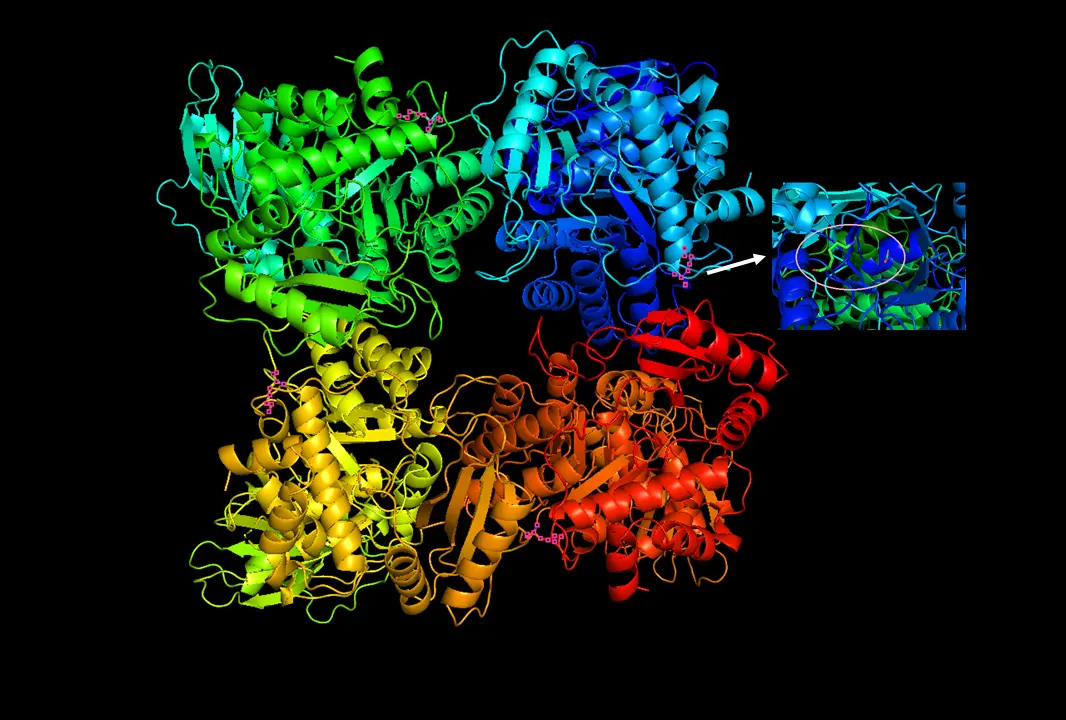


Memes don’t have to be funny to be a meme.
4 billion years of fixing inorganic carbon in the biosphere. Sometimes mistakes O2 for CO2. Not as fast as some enzymes, but very abundant. Here, have some phosphoglycerates about it.



Memes don’t have to be funny to be a meme.
There is a small wormy parasite (Plasmodium falciparum) that attacks our red blood cells (RBCs).
It turns out that people with mutant and half-mutant RBCs are less likely to be attacked by the parasite.
Also, the RBCs of the mutant variety are more likely to be cleared by white blood cells than those that are non-mutants.
Full-blown (homozygous) mutant RBCs kinda suck at their day jobs though. Whereas half-mutant (heterzygous) RBCs are still mostly functional by comparison.
So being a little weird, but not totally weird, gives an advantage over normies (wild-type) when the RBC parasite is common.
Were there no parasite around, the advantage would go to the non-mutant RBCs because they do their job best. Their downside is being easy targets.


Yay! Cheers! Always happy to help with a Mol Bio question.
“Those are some good-lookin helices you have there. Wanna come back to mine and try out some novel ways to fold?”


Quickbeam chasing Saruman into Orthanc while shouting “Tree killer!” is my favorite part.


Ahhh, that explains it. Thanks!


Does this help?


https://www.youtube.com/watch?v=8wAwLwJAGHs
Khan Academy - Transcription, Translation, Protein Synthesis (11min)
I agree, the article could be written more clearly. Every time I read “DNA letters” I winced.
This part is what stuck with me:
The team also asked Evo to generate a DNA sequence similar in length to some bacterial genomes and compared the results to natural genomes. The designer genome contained some essential genes for cell survival, but with myriad unnatural characteristics preventing it from being functional. This suggests the AI can only make a “blurry image” of a genome, one that contains key elements, but lacks finer-grained details, wrote the team. Like other LLMs, Evo sometimes “hallucinates,” spewing CRISPR systems with no chance of working.


I think what they are trying to say here is DNA can code for mRNA (which is then translated into polypeptides) or it can code for regulation (transcription start sites, inhibitor binding sites, etc).
There’s more to it than just those two, but you get the idea, right?


Which episode is this?


RCP8.5, baby! Line must go up!


She got it. 82% of votes in for the 4th. Fuck.


Yeah, I saw that after I commented. But it still showed ~40% of the vote left, so perhaps some hope remains.


CO never gave me doubt. It’s Boebert I’m curious about.
Other dept is Gangs of NY firefighters.
https://youtube.com/watch?v=e6eDVsl8Kp4
Gives me a chuckle every time.